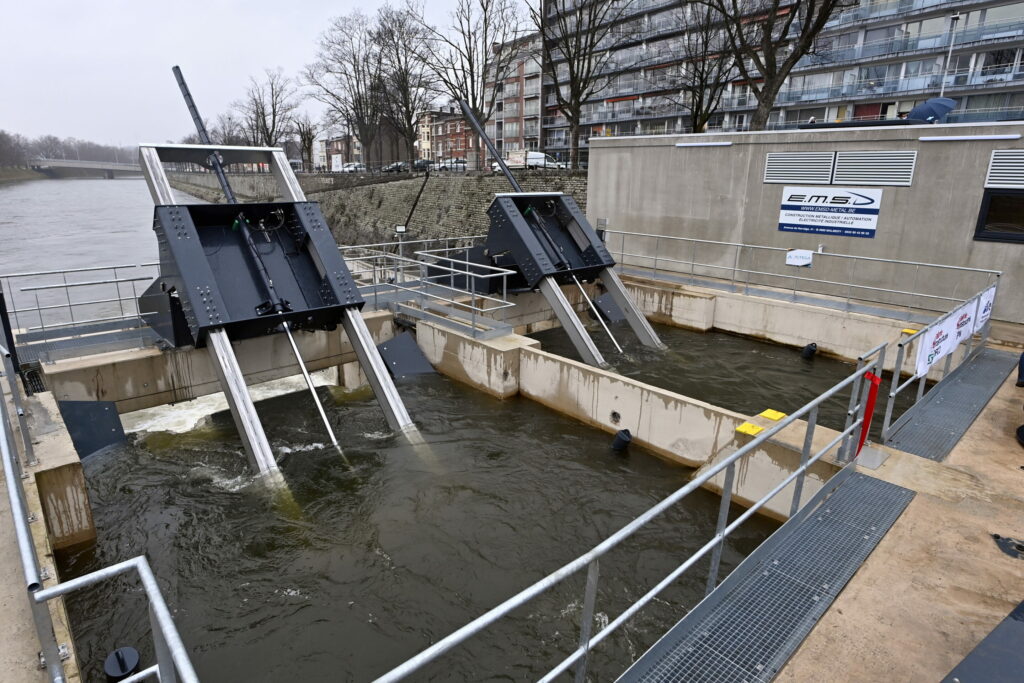Espionage, foreign interference, new infectious diseases and cyberattacks on critical infrastructure such as hospitals are among the biggest risks Belgium could face in the next three years, according to the National Crisis Centre (NCCN) latest national risk analysis.
Every three years the NCCN carries out a national risk analysis, based on two years of research by 160 experts from 140 different organisations. Its latest analysis, which examines a total of 118 risks that Belgium might face between now and 2026, was presented on Monday. Risks were rated according to their likelihood and potential impact in four domains: human, social, environmental and financial.
"Risks from malicious actors have a particularly high impact and relatively high probability," the report read. "Most of them are related to the current geopolitical situation and manifest themselves primarily as cyber risks or have an impact on society. For example, the disruption of an essential service by a cyber attack or sabotage."
The analysis serves as a guideline for the various authorities and business sectors to draw up contingency plans. This can mitigate risks and reduce their potential impact.
Human interference
The latest national risk assessment highlights 29 key risks which would have the greatest impact or highest likelihood. Many of these have also been in the public eye. Risks were spread across seven categories: natural, man-made, technological and economic, health, social, cyber and emerging risks.
Man-made risks have the greatest potential impact and highest likelihood of happening, the NCCN noted. These include "hybrid threats", such as authoritarian regimes opposed to European democratic values. Disinformation campaigns, foreign interference and espionage were all considered possible risks that are on the rise.

The hydroelectric plant in Angleur, Liege, along the Meuse. Energy infrastructure should be secured especially strongly to prevent catastrophic interference. Credit: Belga
Meanwhile, an attack on a CBRNe infrastructure (facilities working with chemical, biological, radiological, nuclear and explosive substances), such as nuclear power plants, is deemed slightly less likely but has the greatest possible impact. "The most likely scenario here is hybrid State actors seeking to destabilise our country in this way. If such an attack is carried out by a State actor, it could lead to an international conflict." The risk of war is rated rather low but not impossible "as geopolitical and economic tensions increase".
The NCCN also warned of disruptive cyber attacks. At the start of October, several government, banking, news and other websites were targeted by pro-Russian hackers to sow doubt within institutions. However the impact of this was limited.
But the NCCN warns that significant damage could be caused by shutting down a government administration. This could, for instance, prevent pensions from being paid or licences from being issued. It could also lead to sensitive technological, financial or medical information being leaked or stolen. Critical players such as banks, hospitals, defence or the judiciary are obliged to guard against cyber-attacks and report on them.
Finally, the analysis looked into "natural" risks such as floods, droughts and heatwaves. While in all cases the probability was high, the impact was deemed comparatively low. Only floods come with a high financial impact. Heatwaves could have a considerable human impact.
New and emerging risks
For the first time since it has carried out these analyses, the NCCN asked experts to look far ahead, to around 2050, to understand the risks linked to climate change. "They analysed whether these risks are increasing or decreasing under the influence of climate change and to what extent."
So-called "invasive species", such as the tiger mosquito or Japanese knotweed, were among the risks that could advance due to the changing climate. These new invasive species could be dangerous to agricultural crops, animals and people. The risk of dike breaches is also expected to be higher by 2050 due to rising sea levels and increasingly strong river flows.

The Crisis Centre noted that in any type of flood, there will be a very serious financial impact. Credit: Belga / Eric Lalmand
Other lesser-studied emerging risks, which do not yet pose a real danger to Belgian society, but may have an effect on all other risks, include possible technological risks posed by the Internet of Things (IoT), Artificial Intelligence (AI) and 5G, as well as societal risks including the polarisation of society and the erosion of privacy.
"The effect of these emerging risks may be positive and provide opportunities, but can also manifest negatively. As these phenomena are still developing, it is uncertain what evolutions they will follow."

